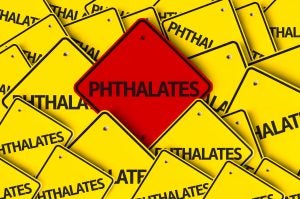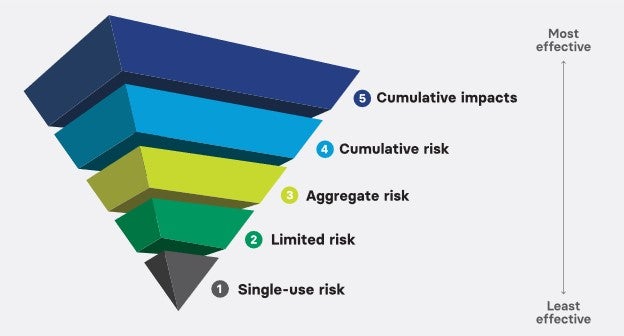Tom Neltner, Senior Director, Safer Chemicals
This is the fifth in our Unleaded Juice blog series exploring how the Food and Drug Administration (FDA) sets limits for toxic elements like lead, arsenic, and cadmium in food and its implications for the agency’s Closer To Zero program.
FDA’s approach to setting draft action levels for lead in juice is based on two ill-conceived presumptions:
- Action levels should not impact more than 5% of the market. Unfortunately, FDA does not appear to consider market trends or whether the products were made using best practices shown to reduce contamination.
- Action levels should help ensure 90% of young children have a dietary intake of lead that is below FDA’s Interim Reference Level, the maximum daily intake from food. Unfortunately, this effectively ignores the top 10% or 2.4 million of the most-exposed young children.[1]
To its credit, the agency has shown it is willing to go beyond the 5% impact for three types of juices (grape at 12%, pomegranate at 6%, and prune at 6%),[2] and it has proposed the most protective lead-in-juice standards in the world. However, for a heavy metal like lead where relatively short-term exposures can result in long-term harm to young children’s developing brains, the current approach has serious weaknesses.
We think the agency should evaluate alternatives that impact more than 5% of the market and protect more than 90% of children. And when FDA evaluates impacts, it should assess the socioeconomic benefits of the alternatives. For substances like lead (and arsenic), these societal benefits can be quantified using established methods. In a previous blog, we showed that reducing young children’s overall dietary intake of lead by just 6% would yield $1 billion a year in benefits. The agency should compare these benefits to the investments that industry would need to make to achieve these action levels using best practices.














